Leaders at work
Leaders influence other people’s attitudes and behaviours through:
- formal roles
- personal influence.
They can be at all levels of an organisation. You can be a leader on the board or as a senior executive, a middle-level manager – such as site managers and front-line supervisors – a team leader, or a more experienced team member.
When you’re a leader who promotes WHS, you get better outcomes and improve culture.
Organisational culture
Organisational culture is made up of:
- the values and behaviours that workers share and show
- the shared attitudes and beliefs in the workplace’s written and unwritten rules.
If workers know their leaders place high importance on WHS, it becomes part of everyday work.
Workers become more likely to follow safety procedures and raise safety issues, making health and safety part of culture.
Leaders promote positive workplace cultures when showing commitment to:
- managing risks in the right way
- clear roles and a strong team
- good two-way communication
- compliance with work procedures
- learning and training
- fairness, dignity and respect
- supervisor support
- a positive leadership and management style.
5 leadership principles
Our principles for leading a workplace that promotes safety are:
- commit to safety
- get involved
- encourage participation
- make WHS part of your business
- review your performance.
Using the 5 leadership principles
Leaders who commit to making WHS part of work culture get results. It helps to be positive in the way you lead and manage.
You’re more like to see more innovation and productivity when you:
- take action and get involved in the business
- encourage and value workers’ participation.
Good leadership helps workers know and comply with WHS laws. For example, an officer’s duty of due diligence has elements of good leadership, such as:
- knowing about WHS matters
- having resources to manage WHS risks
- monitoring and evaluating.
Getting involved in the community
When the Australian community demands safe work, the pressure for action builds and change is more likely to happen.
A good leader promotes WHS in the wider community through:
- leading and influencing community debate on WHS in the media and other public forums
- correcting media reporting about WHS when it’s incorrect
- helping people understand the risks of injury and illness
- making people confident that workplace risks can be managed.
Consulting and engaging on WHS
Talking to workers and involving them in WHS helps you:
- make better decisions
- reduce deaths, injuries and illness at work
- develop a healthy, safe and productive workplace culture.
Involve all workers in decisions. Encourage and value their participation.
Consultation is a legal requirement and essential to managing WHS risks.
Leadership Videos
Linking safety leadership and safety culture – part one
Linking safety leadership and safety culture - part two
Leading a positive safety culture
Leadership and work health and safety in challenging working environments
Health and safety representatives - workers as leaders
